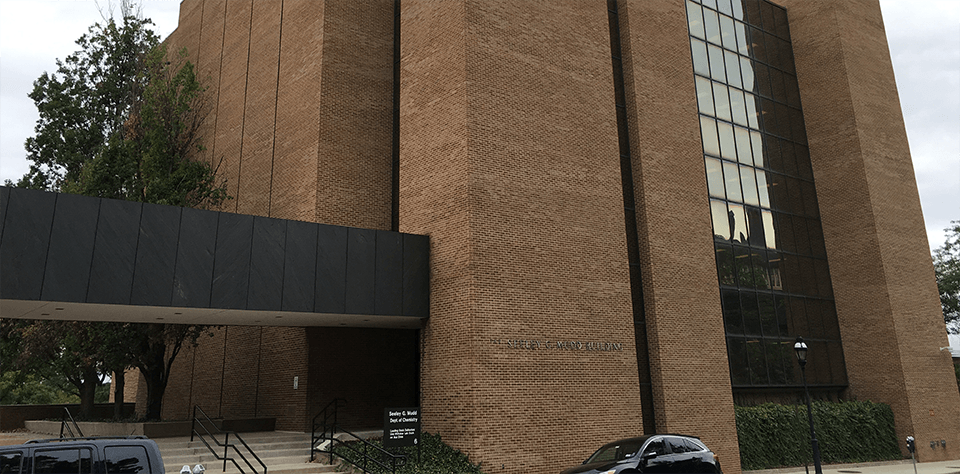Upon my arrival at Lehigh University, one of the first major projects for the organization was to replace our near end of life (EOL) traditional phone PBX system with modern Voice over Internet Protocol (VoIP). With 4,000+ phones, life safety requirements and integrated phone services, this is a massive undertaking by the telecommunications team. After vendor selection, contract negotiations and initial setup, the team started migrating Library and Technology Services during late summer with general rollout beginning in September. With the large number of users required to be migrated, the team developed a self service deployment process that allows users to quickly setup and migrate to the new phone system. We have staff on hand during the migrations to assist with any issues or questions.
Towards the end of November, the Cisco Unified Communications team reached their first user migration milestone of 500 users, approaching 600+ users at the end of 2017. While we still have a long road ahead of us, it’s reassuring from the feedback we received so far that the self-service process is working well and users are generally pleased with the new system. I encourage faculty and staff to respond to the surveys so we can tweak our processes for the next round of migrations. Training is available prior to and after the migrations. Please refer to the training schedule for upcoming sessions.
For those that have not been migrated, a reminder of some key links for the project.
As we begin the new year, look for announcements on feature enhancements to the phone system such as off campus access, fax services and other collaboration services.
If you are interested in following along with the progress of the user migration, you can visit our Library and Technology Services Cisco Unified Communications Migration Status Dashboard.



